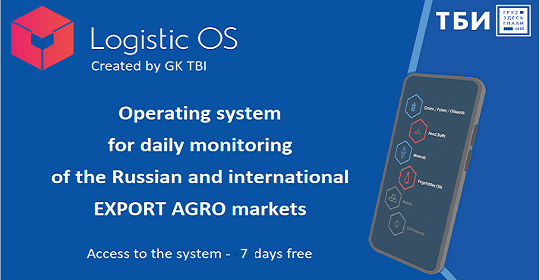Freight rates for container shipping from China are skyrocketing.
And experts fear that this process could bring down the entire world market.
Freight rates for cargo ships sailing from East Asia to Northern Europe increased by 264% during 2020.
The difficulties due to the lack of containers have not disappeared to the present day and only intensified:
Major companies Maersk and Sinokor have suspended reservations on their websites.
The cost of one container from China reached 5-6 thousand dollars.
All this creates big problems: the export of goods from China is slowed down due to the fact that the goods simply have nothing to transport.
What are the reasons for the container shortage?
— Pandemic coronavirus in 2020. Because of it, demand dropped sharply, and many unsold goods accumulated in China.
— China’s trade war with the United States.
China continued to supply its goods to the United States, but flatly refused to buy American ones. As a result, full containers go to the USA, but empty ones are not returned back.
— Decrease in the production of containers in China: in 2018, 4.5 million of them were produced, in 2019 — 3 million, in 2020 — 2 million.
What could a container shortage lead to?
According to experts, the direct consequence is a shortage of goods (China today is one of the main exporters in many categories).
And as a result — inflation growth in many countries.
The most interesting thing is that up to the present moment no one can suggest how to solve the problem that has arisen.
A non-standard situation has arisen: the entire world trade turnover cannot squeeze through the narrow «bottleneck» of container shipping.
Moreover, there is no alternative to them: neither air transport, nor road transportation, nor even railways can compensate for even half of the volume that is required.
“Food and agricultural and mineral / chemical products are imported by sea.
In general, international trade carried out by sea and railways is significantly containerized, and the logic works that the fastest transportation (perishable food products, etc.) is carried out by road transport (but they are quite expensive — until the current situation!), Average in terms of the final speed and cost — rail transportation, the least expensive, but also the slowest, is by sea, «explains Igor Smirnov, director for corporate ratings at Expert RA.
However, all countries are doing everything possible to resolve the situation as quickly as possible. But when it actually returns to normal is an ambiguous question, and we can only wait.

